1. The Death of Human Error on the Road
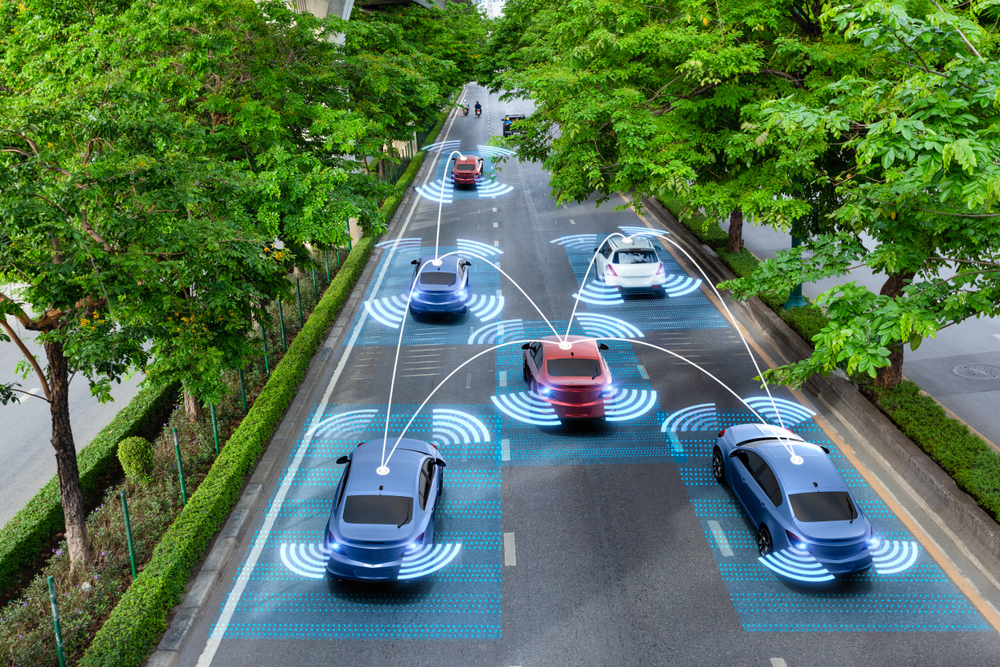
For as long as cars have existed, human error has been the number one cause of accidents. Distracted driving, fatigue, speeding, and misjudgment have led to countless tragedies. AI-powered self-driving cars promise to change that by eliminating the unpredictable nature of human drivers. These vehicles are designed to process thousands of data points per second, detecting road conditions, other vehicles, and pedestrians with a precision that no human can match.
By relying on sensors, cameras, and complex algorithms, self-driving cars react instantly to potential hazards without getting distracted or tired. This could drastically reduce the number of accidents on the road, saving thousands of lives every year. However, while the technology is improving, it’s not yet perfect. Until AI can fully anticipate and navigate every possible scenario, some level of human oversight may still be needed. The question is, how soon will that change?
2. The End of Traffic Jams as We Know Them
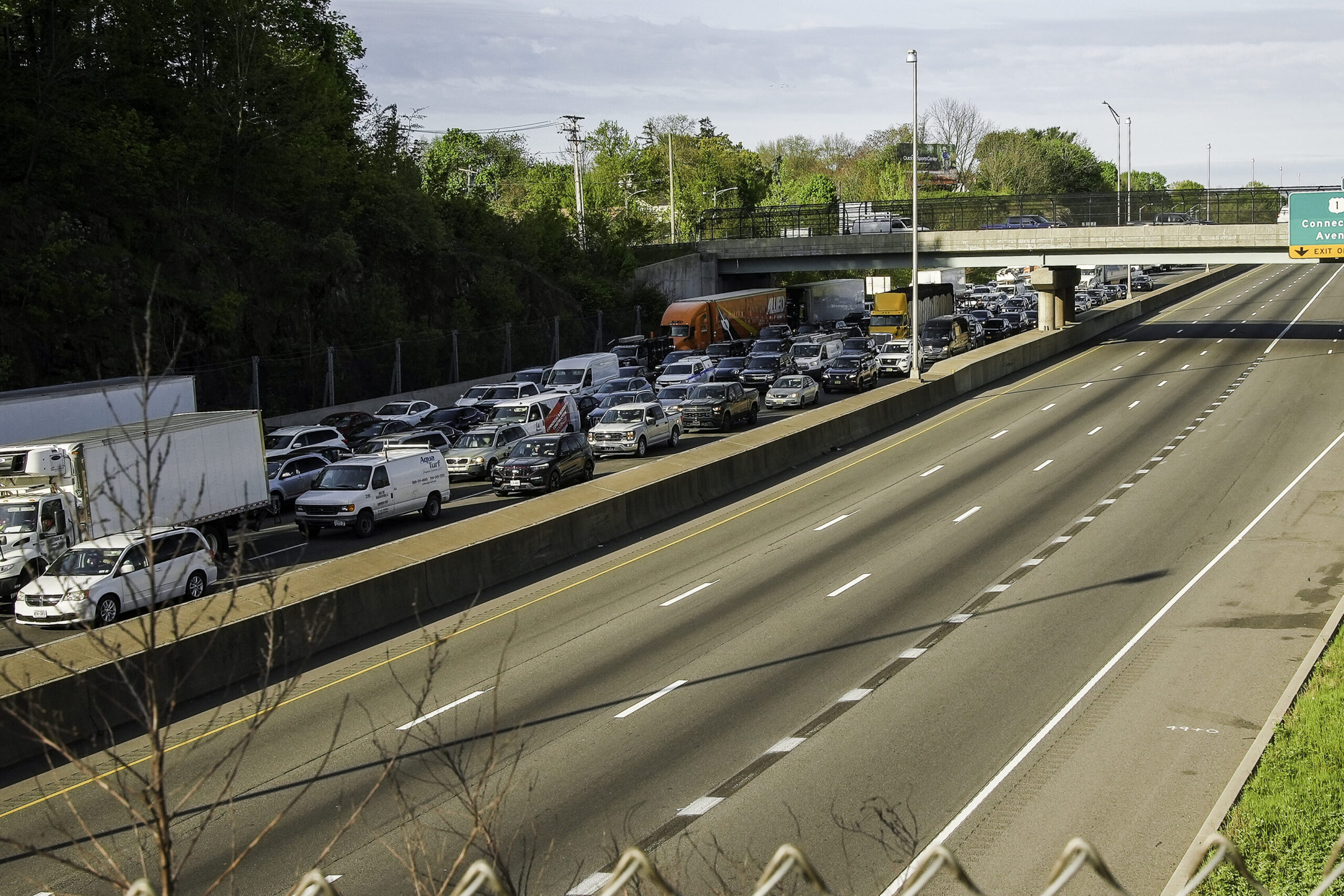
Traffic congestion is a modern-day nightmare, costing people hours of their lives and billions of dollars in lost productivity. AI-driven cars could change that by creating a seamless, synchronized flow of vehicles. Unlike human drivers who brake unpredictably, switch lanes erratically, and cause bottlenecks, self-driving cars communicate with each other and adjust speeds to optimize traffic patterns. This means fewer sudden stops and more efficient use of road space.
Imagine a city where cars move in harmony, reducing the need for traffic lights and stop signs. AI could predict peak congestion times and reroute vehicles before gridlock even begins. This isn’t just a dream—early tests of autonomous car networks have shown promising results in reducing travel times. Of course, this shift won’t happen overnight, especially with a mix of human and AI drivers sharing the road. But as more self-driving vehicles enter the streets, the days of bumper-to-bumper frustration may finally come to an end.
3. A Revolution in Car Ownership and Ride-Sharing
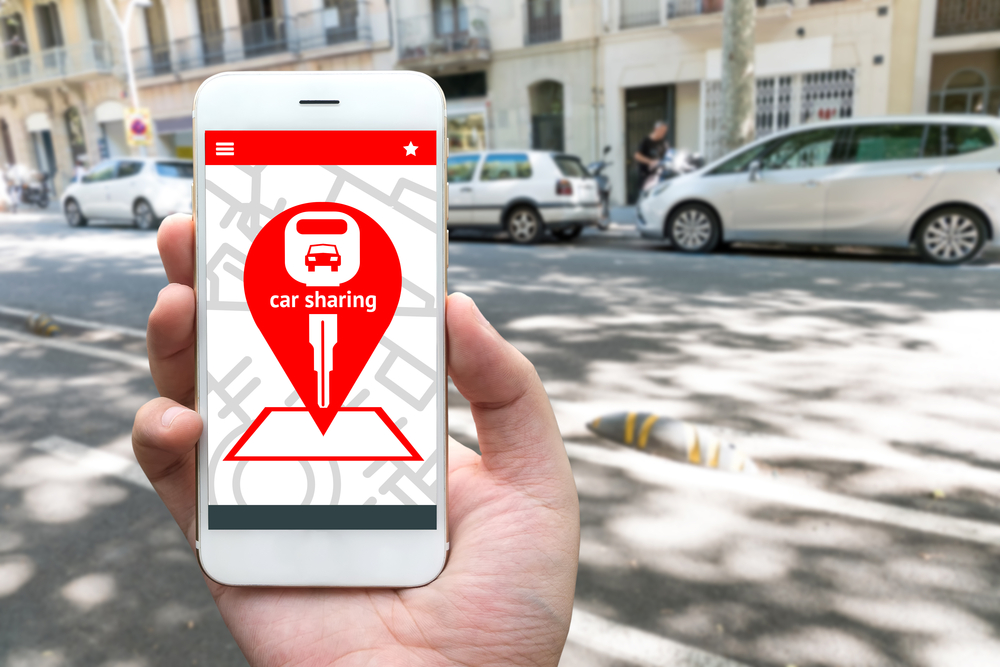
The idea of owning a car might soon become a thing of the past. With AI-driven cars able to operate without human input, the rise of autonomous ride-sharing services is inevitable. Instead of buying and maintaining personal vehicles, people could summon a self-driving car whenever they need a ride. This shift could make transportation more affordable and convenient, especially for those living in cities where parking is a hassle.
Car manufacturers are already preparing for this transformation, developing fleets of autonomous taxis designed to replace traditional ride-hailing services. Without the need for drivers, these services could operate 24/7 at lower costs. The catch? This shift might disrupt industries that rely on car ownership, from dealerships to insurance companies. The transition will be gradual, but the convenience of AI-driven ride-sharing could make personal cars a luxury rather than a necessity.
4. The Rise of Smarter and Safer Highways
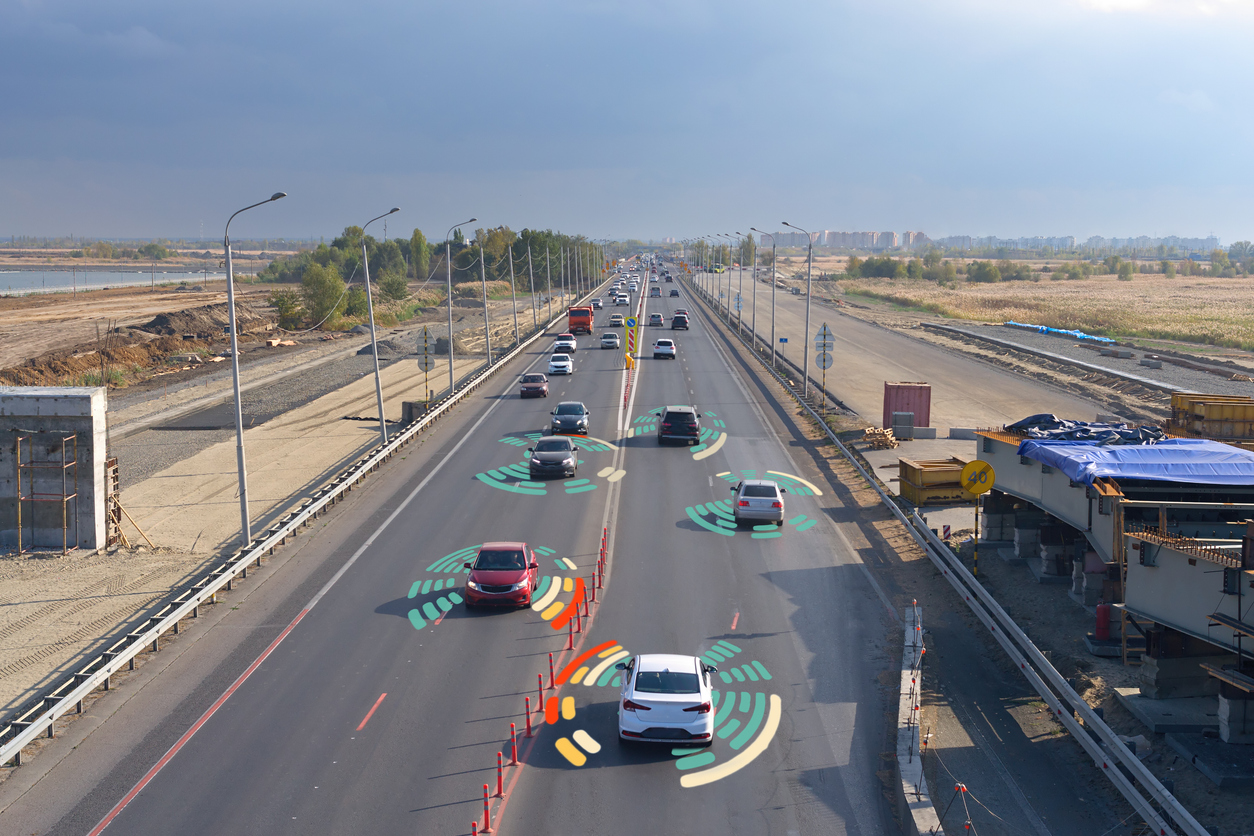
Highways are set to become smarter, designed specifically for autonomous vehicles. AI-powered cars don’t just change how we drive—they change the infrastructure itself. Governments and city planners are already testing roads equipped with sensors, adaptive traffic signals, and dedicated lanes for self-driving vehicles. These innovations could make highways safer, more efficient, and better suited for the next generation of transportation.
A future with self-driving cars could mean fewer speed limits, as AI vehicles adjust speeds dynamically based on real-time conditions. Road signs and traffic signals may become obsolete, replaced by digital communication between cars and city systems. While this futuristic vision sounds exciting, the transition will take years, if not decades. Cities will need to invest heavily in smart infrastructure, and AI technology must prove it can handle real-world unpredictability. Until then, humans and machines will have to share the road.
5. The Decline of Driving Jobs
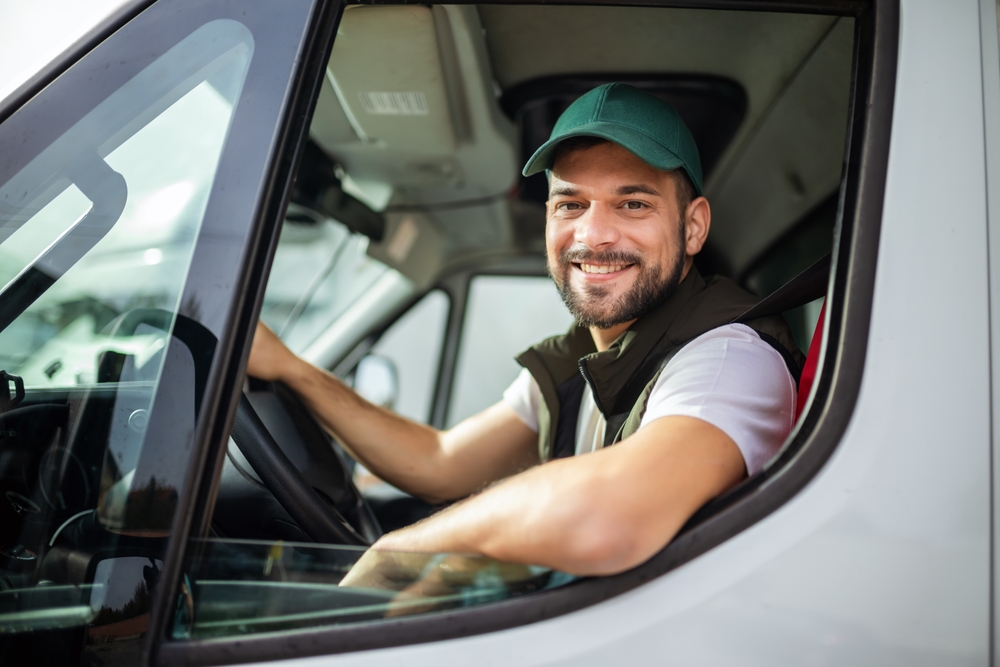
For millions of people, driving isn’t just a way to get around—it’s their livelihood. From truck drivers and taxi operators to delivery couriers, driving jobs support entire industries. But as AI and self-driving technology advance, the need for human drivers will shrink. Companies are already testing autonomous trucks for long-haul shipping, and ride-sharing giants are preparing for a future where drivers are no longer necessary.
This shift could mean job losses on a massive scale, forcing workers to adapt to new careers. However, history has shown that technological advancements often create new opportunities. While traditional driving jobs may disappear, industries related to AI maintenance, monitoring, and traffic system management could grow. The real challenge will be ensuring a smooth transition for those whose jobs are directly impacted. Will governments and businesses step in to support workers, or will they be left behind as automation takes over?
6. The Ethical Dilemmas of AI Decision-Making
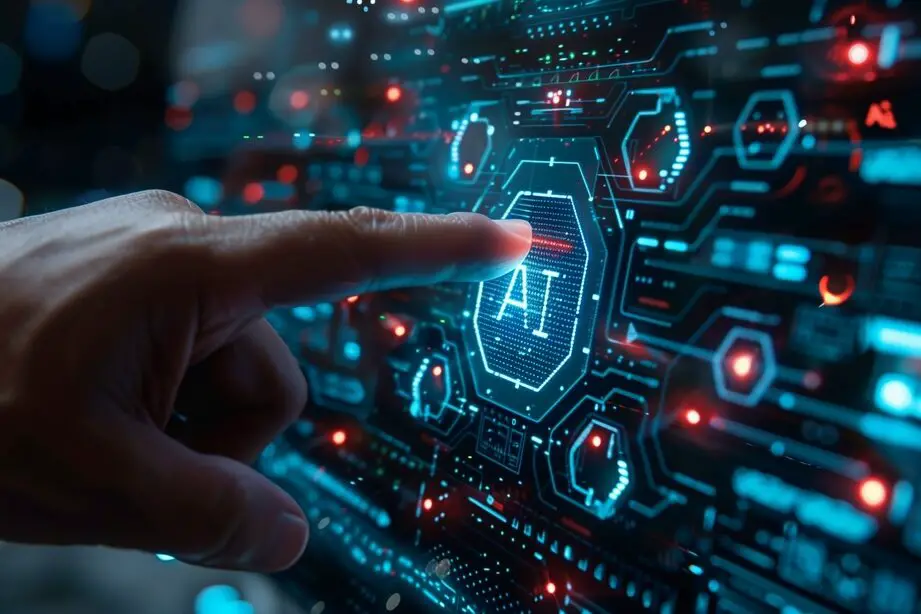
Self-driving cars aren’t just about technology—they also raise complex ethical questions. Imagine a scenario where an AI vehicle must choose between hitting a pedestrian who stepped onto the road or swerving into another vehicle, potentially harming its passengers. Unlike humans, who react based on instinct and emotion, AI makes decisions based on programmed logic. But who gets to decide what that logic should be?
These moral dilemmas have sparked intense debates among engineers, policymakers, and ethicists. Some argue that AI should prioritize the greatest number of lives saved, while others believe the car’s passengers should always be protected first. These questions don’t have easy answers, and different cultures may have different perspectives on what’s acceptable. Until a universal ethical framework is established, these dilemmas will continue to challenge the rollout of autonomous vehicles.
7. The Unexpected Risks of Hacking and AI Failures

The more we rely on AI-driven cars, the more vulnerable we become to cyber threats. A self-driving car is essentially a computer on wheels, and like any connected device, it can be hacked. If cybercriminals manage to take control of a vehicle or disrupt an entire network of autonomous cars, the consequences could be disastrous. Governments and tech companies are already working to strengthen cybersecurity, but as technology evolves, so do the threats.
Beyond hacking, there’s also the risk of AI malfunctions. No technology is perfect, and even the most advanced self-driving systems could fail in unexpected ways. Sensor errors, software glitches, or even unusual weather conditions could cause an AI vehicle to make dangerous mistakes. While human drivers also make errors, we have the ability to adapt and make split-second decisions in unpredictable situations. Can AI truly replicate that level of adaptability? That remains to be seen.
8. The Future of Personal Freedom and the Open Road

For many people, driving isn’t just about getting from point A to point B—it’s about freedom. The ability to hit the open road, take spontaneous detours, and enjoy the thrill of driving is something AI can’t replicate. As self-driving technology becomes more widespread, some fear that traditional driving will be phased out entirely. Governments may introduce strict regulations limiting human driving to specific areas or even banning it altogether in favor of AI-controlled transport.
While this future is still a long way off, it raises important questions about personal choice. Will we always have the option to drive ourselves, or will manual driving become a relic of the past? Some enthusiasts believe there will always be a place for human-driven cars, even if they become more of a luxury or a hobby. Others think AI will eventually take over entirely, making human driving a thing of the past. No matter what happens, one thing is clear—the roads of the future will look very different from today.


